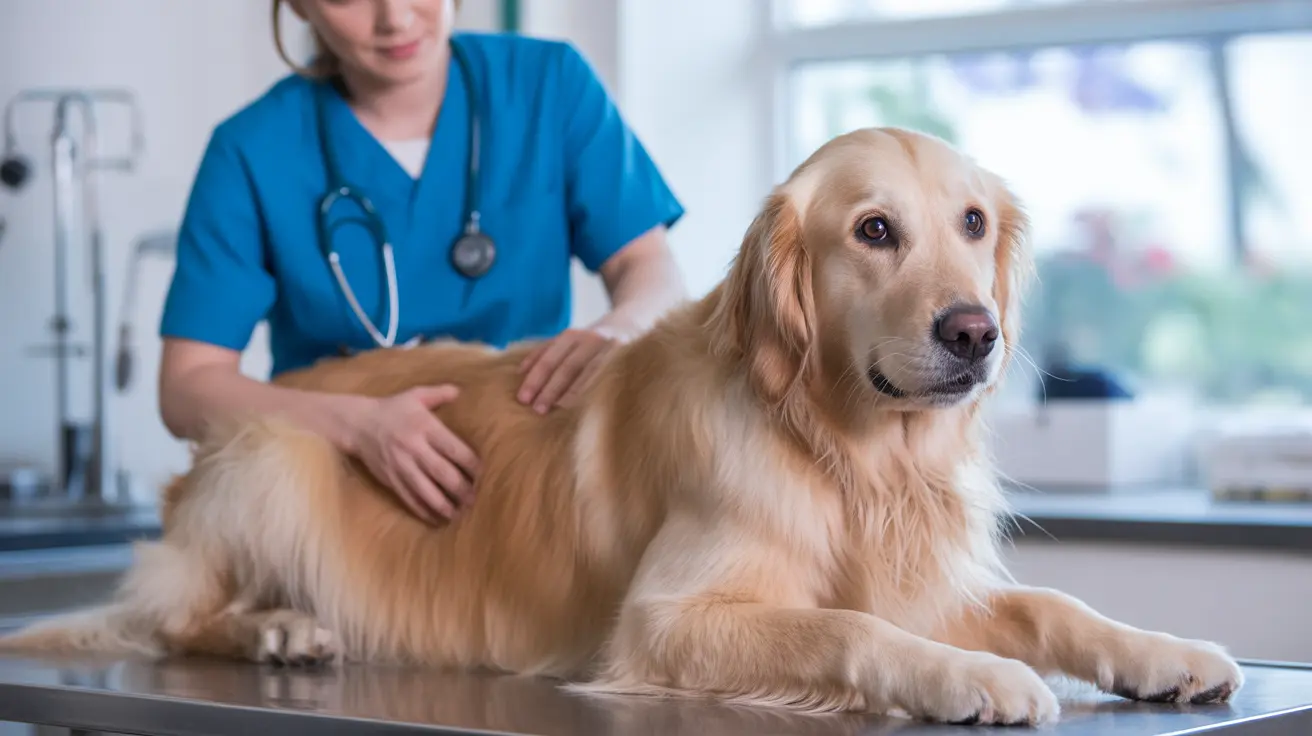Cancer in dogs is a serious health concern that affects countless pets and their families each year. As one of the leading causes of death in older dogs, understanding this complex disease is crucial for every dog owner. This comprehensive guide will help you recognize the signs of cancer, understand different types, and learn about available treatment options.
With cancer affecting up to 50% of some dog breeds, early detection and proper management can make a significant difference in your pet's prognosis and quality of life. Let's explore everything you need to know about cancer in dogs, from early warning signs to the latest treatment approaches.
Common Types of Cancer in Dogs
Dogs can develop various forms of cancer, each with distinct characteristics and treatment requirements. Understanding these common types can help you be more vigilant about your pet's health:
Lymphoma
This cancer affects the lymphatic system and is one of the most treatable forms. It commonly presents as swollen lymph nodes and responds well to chemotherapy, though complete cure is rare.
Mast Cell Tumors
These skin tumors can vary from benign to highly aggressive. Early detection and surgical removal often provide the best outcomes for affected dogs.
Osteosarcoma
This aggressive bone cancer primarily affects large breed dogs. It typically develops in the limbs and requires prompt treatment due to its painful nature and rapid spread.
Recognizing the Warning Signs
Early detection is crucial for successful treatment. Watch for these common symptoms:
- Unusual lumps or swellings that persist or grow
- Unexplained weight loss or decreased appetite
- Difficulty eating or swallowing
- Persistent lameness or stiffness
- Abnormal bleeding or discharge
- Changes in bathroom habits
- Lethargy or decreased interest in exercise
Diagnosis and Treatment Options
When cancer is suspected, veterinarians typically perform several diagnostic tests:
- Physical examination
- Blood work and urinalysis
- Imaging (X-rays, ultrasound, CT scans)
- Tissue biopsies
- Specialized cancer staging tests
Treatment options vary depending on the cancer type and stage but may include:
- Surgery to remove tumors
- Chemotherapy for systemic treatment
- Radiation therapy for localized tumors
- Immunotherapy in certain cases
- Palliative care for quality of life management
Prevention and Risk Factors
While not all cancers are preventable, certain measures can help reduce risk:
- Regular veterinary check-ups
- Maintaining a healthy weight
- Proper nutrition
- Spaying females before first heat
- Avoiding known carcinogens
- Being aware of breed-specific risks
Frequently Asked Questions
How do I know if my dog has cancer, and what are the early warning signs I should look for?
Look for unusual lumps or swellings, unexplained weight loss, persistent limping, abnormal bleeding, changes in appetite, and difficulty breathing or eliminating. Any significant changes in your dog's behavior or physical condition should be evaluated by a veterinarian.
What are the most common types of cancer in dogs, and which breeds are more susceptible to these conditions?
Common types include lymphoma, mast cell tumors, osteosarcoma, and melanoma. Breeds like Golden Retrievers, Bernese Mountain Dogs, and Rottweilers have higher cancer rates, with some breeds showing up to 50% cancer-related mortality.
How is cancer in dogs typically diagnosed, and what are the standard tests involved in the process?
Diagnosis typically involves physical examination, blood tests, imaging studies (X-rays, ultrasound, CT scans), and tissue biopsies. The specific tests depend on the suspected type and location of cancer.
What treatment options are available for dogs with cancer, and how do veterinarians determine the best approach for each case?
Treatment options include surgery, chemotherapy, radiation therapy, and immunotherapy. The best approach is determined by factors including cancer type, stage, location, and the dog's overall health and age.
Can cancer in dogs be prevented, and are there any lifestyle changes or precautions that can reduce the risk of my dog developing cancer?
While not all cancers are preventable, maintaining a healthy weight, providing proper nutrition, regular veterinary check-ups, and spaying females early can help reduce risks. Being aware of breed-specific risks and avoiding known carcinogens is also important.
Conclusion
Understanding cancer in dogs is essential for every pet owner. While a cancer diagnosis can be overwhelming, remember that many types are treatable, especially when caught early. Stay vigilant for warning signs, maintain regular veterinary visits, and don't hesitate to seek professional advice if you notice any concerning changes in your dog's health or behavior.






